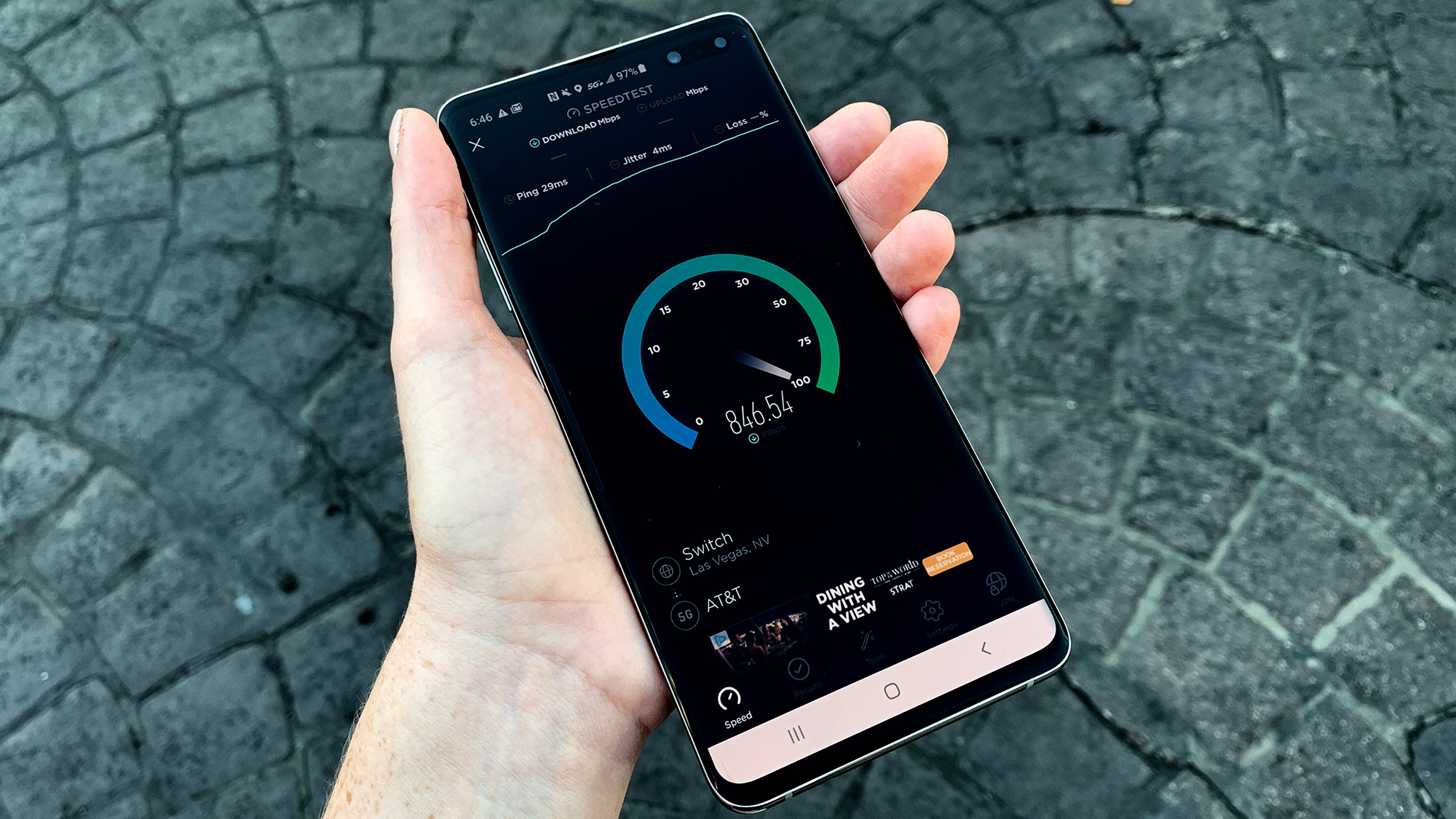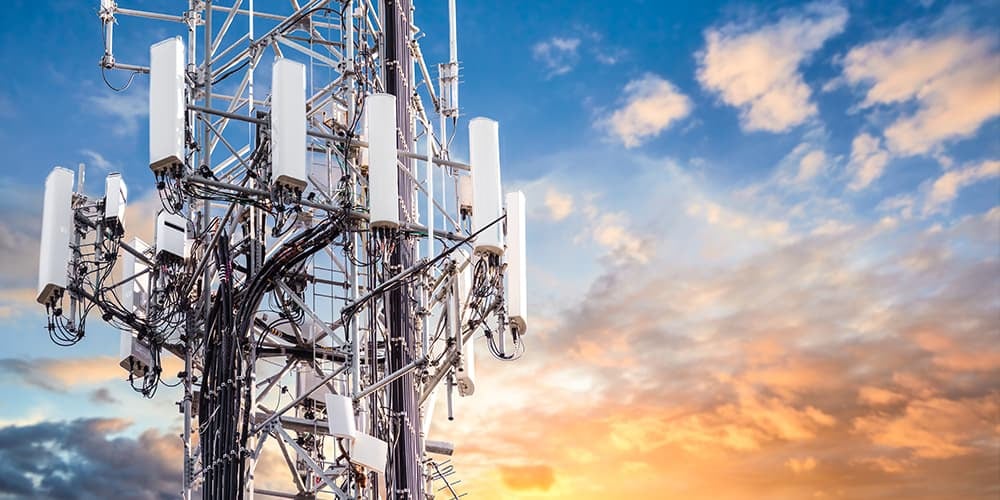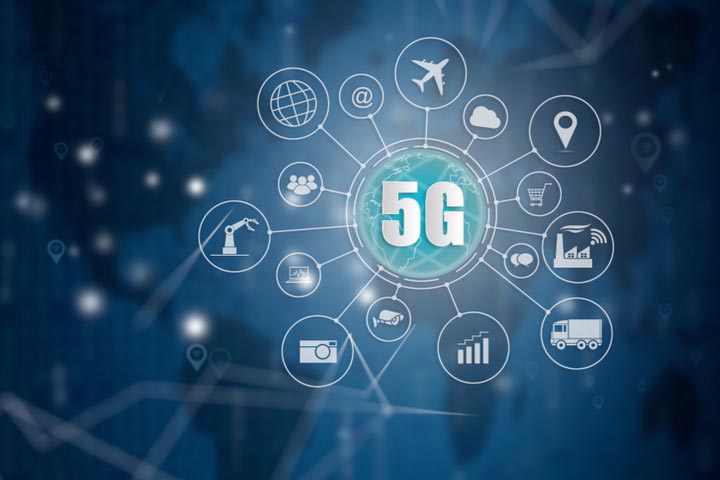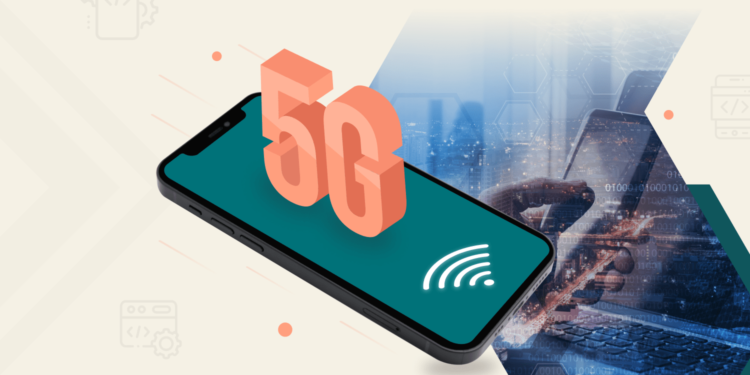With the increasing adoption of mobile internet, users have become accustomed to using apps as part of their everyday lives. The advent of 5G will accelerate this trend and make it much easier to access a variety of applications. Looking beyond convenience, 5G Technology has the potential to revolutionize numerous industries by making them more efficient and cost-effective. This article will explore some of these advantages and explain why they are so important to mobile app developers.
5G Technology Data Rates Up To 100X Faster
Mobile networks can only process data at certain speeds. As smartphone technology has advanced, these speeds have increased only marginally. 5G will enable the next generation of internet speeds to be 10 times faster than current 4G networks. This means that users will be able to stream video in near real-time, send large quantities of data (up to 1GB per second) with ease, and experience almost instantaneous web surfing. 5G will, for the first time, also enable high-speed, low-latency networking for autonomous and mixed-reality applications.

This includes autonomous vehicles, in-vehicle robotics, AR/VR and other next-generation applications. With the enormous potential for autonomous vehicles, the industry is already looking towards deploying 5G Technology to support highly automated driving. These self-driving cars will require a lot of data to function. Since the 5G Technology network will enable data rates of up to 100 times higher than 4G, these autonomous vehicles will be able to process high-resolution, real-time data and make full use of onboard sensors and sensors located on the road.
Simultaneous Multiplexing
The concept of networking multiple devices at once is not new. However, it was not possible without additional devices called “multiplexers”. 5G Technology will enable a new concept called “simultaneous multiplexing”, which allows the sharing of network resources among up to 10 devices at once. This will enable multi-screen applications on smartphones and other connected devices. It will also enable a host of other practical functions, including remote assistance, automated machine control, remote music/video streaming, home automation, and virtual reality/AR.
Distributed Network With Much Smaller Cell Towers
Today’s cellular networks use cellular towers that are connected to the network via cables. To expand coverage and increase capacity, these towers are generally placed in the centre of a city. The problem with this method is that it requires a fixed number of antennas to be placed at these locations. 5G Technology will enable “distributed antenna systems”, which will enable a network to be built with much smaller cell towers that are connected to the network via radio waves. This will enable increased flexibility in constructing networks, as well as more effective use of the radio spectrum.

This will allow 5G Technology networks to cover a larger area while using a smaller amount of radio spectrum. Note that this is not the same as the “wireless mesh” technology that is becoming popular due to its ability to cover large areas. 5G networks work by enabling devices to communicate directly without passing through other devices in between. This is possible because 5G Technology is a wide-bandwidth technology that can be used to transfer data much faster than 4G. It is not a mesh-networking technology that enables communication by “hoping” that the device will be able to reach the intended destination.
Improved Efficiency of Network Devices
Network devices that communicate with other devices on the network need to be “connected” to the network. This can be done manually by the user connecting the device to the network via a cable, or automatically via Wi-Fi or Bluetooth. On 4G networks, the same type of device usually requires a different number of connections to the network. In order to connect to the internet, a laptop, for example, would use a connection via the Wi-Fi card, then a mobile data connection, and finally the cable to access the computer.

5G Technology will make it possible for these devices to use the same type of connection to access the network. This means that devices that are connected to the network via different channels will be able to communicate with each other. For example, a phone connected to one channel will be able to connect to the internet through another channel. This will enable much more efficient use of network bandwidth.
Improved Proximity Services
Self-driving cars will need a lot of data to function, which can be transferred much more efficiently on 5G Technology networks than on 4G networks. Autonomous vehicles will also require more data connections. However, the fact that 5G Technology networks are much more flexible than 4G networks means they can be configured in a way that optimizes the number of connections that are required. This will enable proximity services, which enable devices (such as autonomous vehicles, fitness trackers, and other sensors) to communicate with each other via the same network connection.
This means that the same network can support much more functionality than it could on 4G networks. Proximity services can also be used to enable devices to communicate with other devices that are not directly connected to the network. This can be used to enable many different types of functionality, including remote assistance, automated machine control, remote music/video streaming, home automation, and virtual reality/AR.
Cost Effective Network Backbow Deployment
When building a cellular network, the first thing that needs to be done is to purchase several radio waves for each type of frequency. The next thing to do is to “seed” these frequency bands by “connecting” existing devices. 5G Technology will make it possible to connect many more devices to the network using the same frequency that is currently being used. This will enable a massive reduction in the cost of building the network.
To make this possible, 5G networks will use new radio technologies and techniques, including “beamforming”. This will enable 5G networks to be built that are up to 10 times smaller than 4G networks. They will also be up to 10 times more powerful. This will enable 5G networks to have much higher data rates and much lower latency.
Bottom Line
With the immense potential of 5G technology, businesses will be able to enjoy a host of new advantages. These will include improved data rates, simultaneous multiplexing, a more efficient network, improved proximity services, a cost-effective network backbone deployment, and much more. It is important to note that it will take some time before 5G technology is fully implemented in the market. However, businesses will want to keep an eye out for new applications and features that make use of these benefits.



















